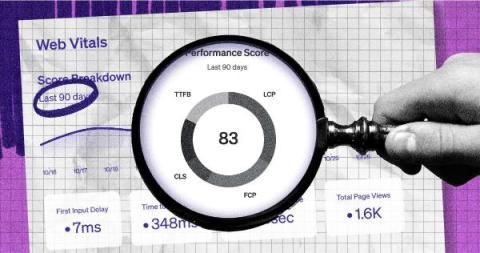Software quality metrics developers should track (and how to do it)
It's been a decade since Marc Andreessen declared that software is eating the world, and it is still hungry. Customers expect software solutions for every need, driving digital transformation in every analogue industry. Software quality is now fundamental to company reputation, directly affecting customer satisfaction, brand and overall business success.











